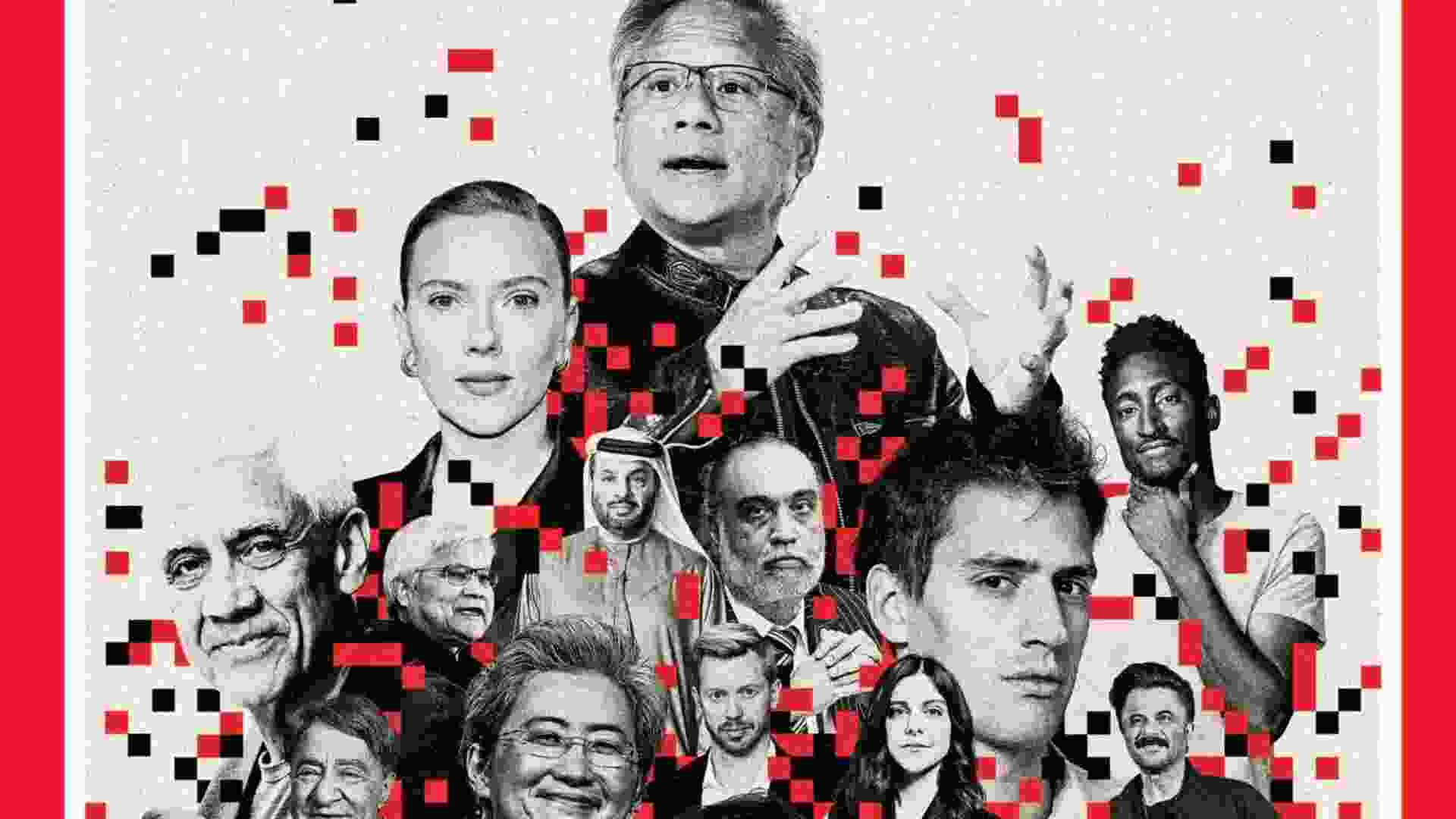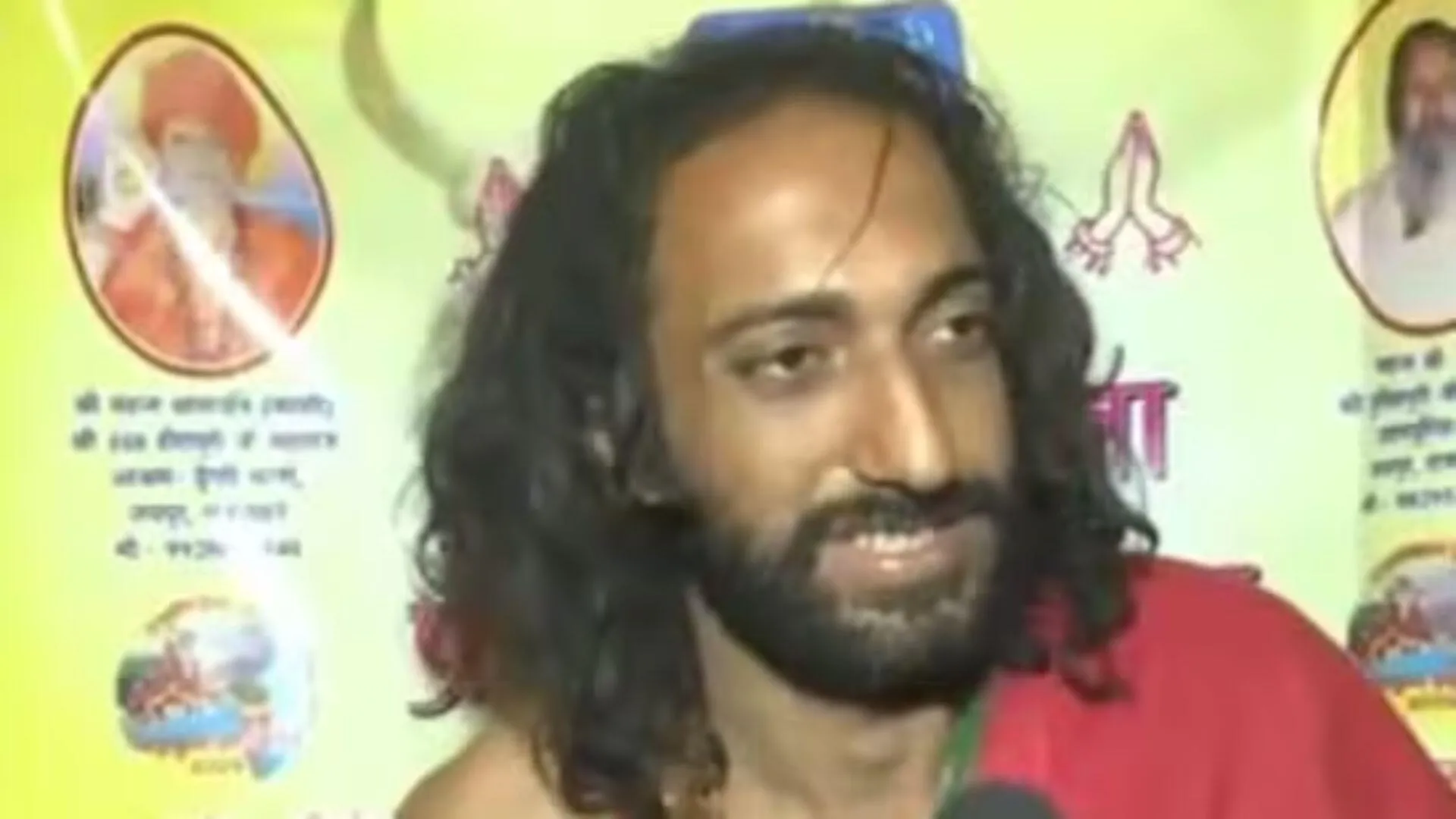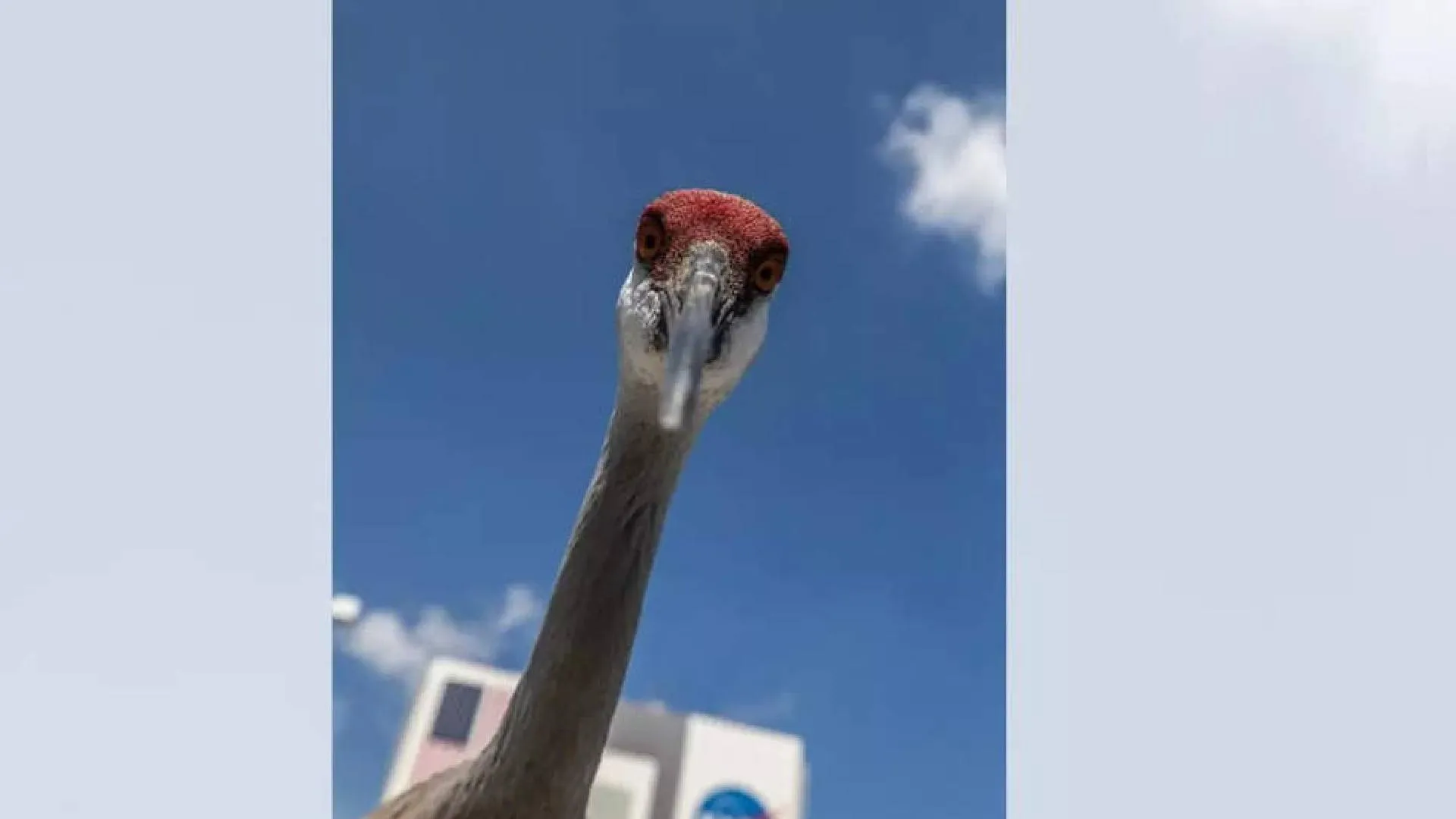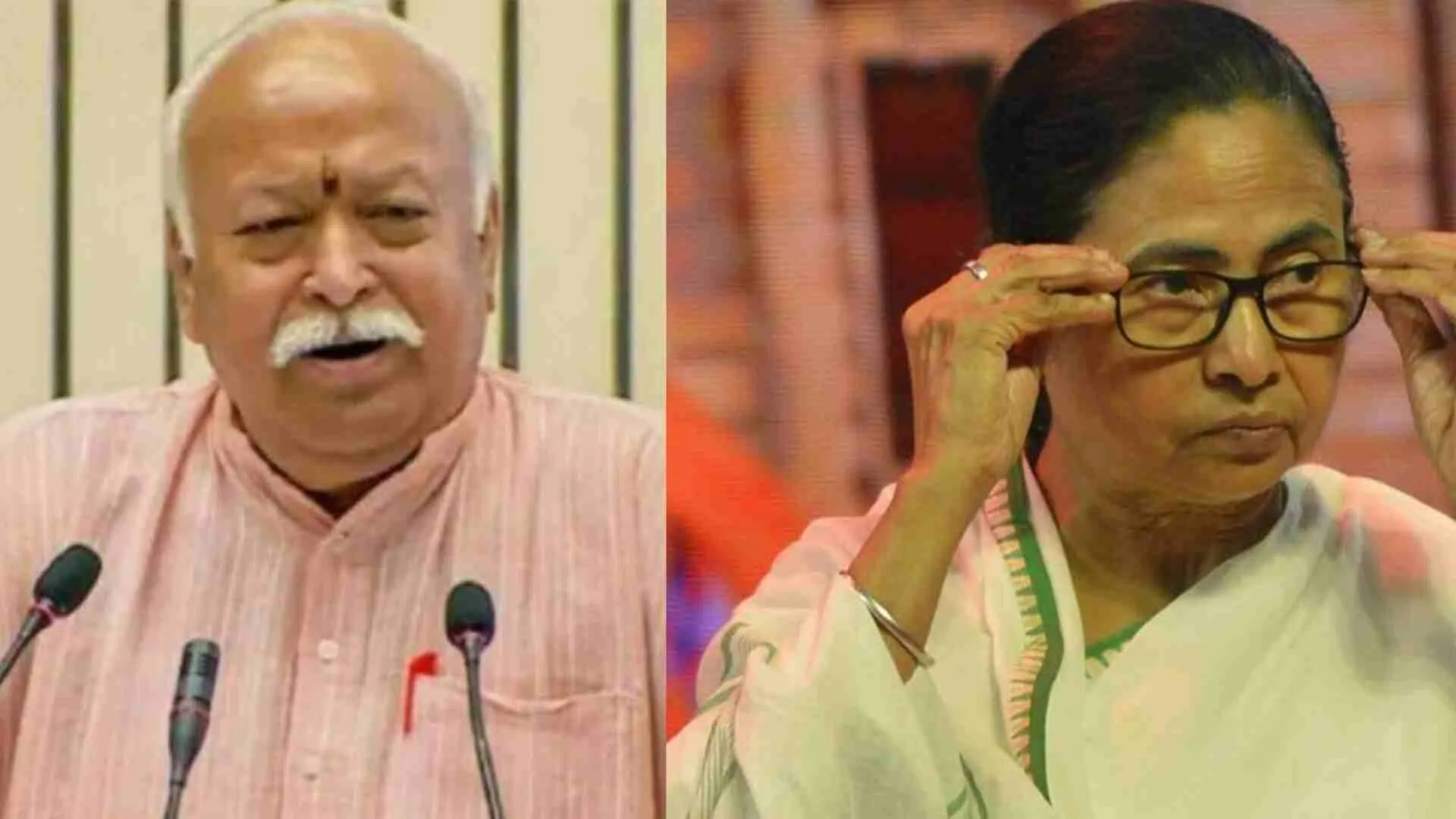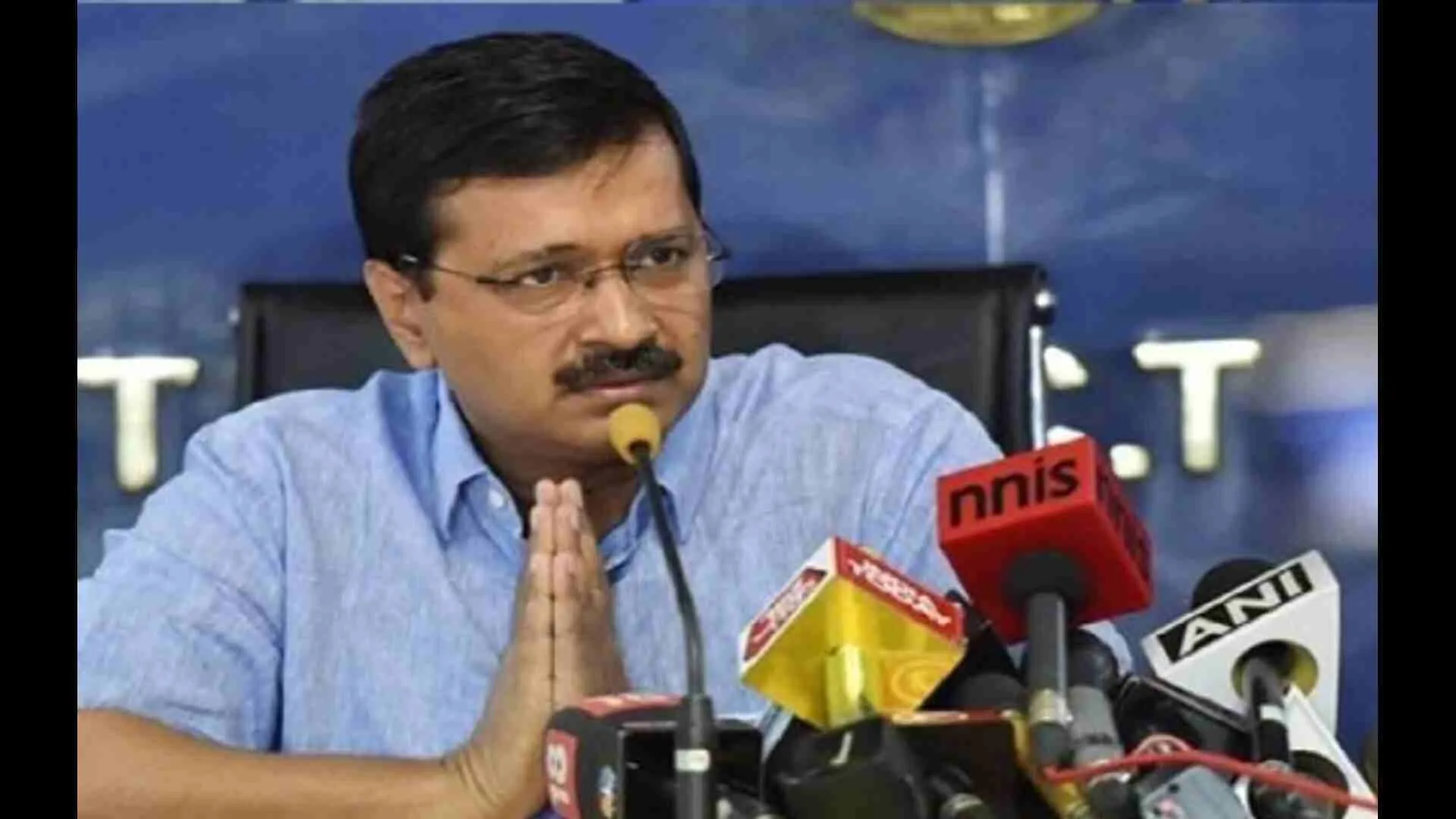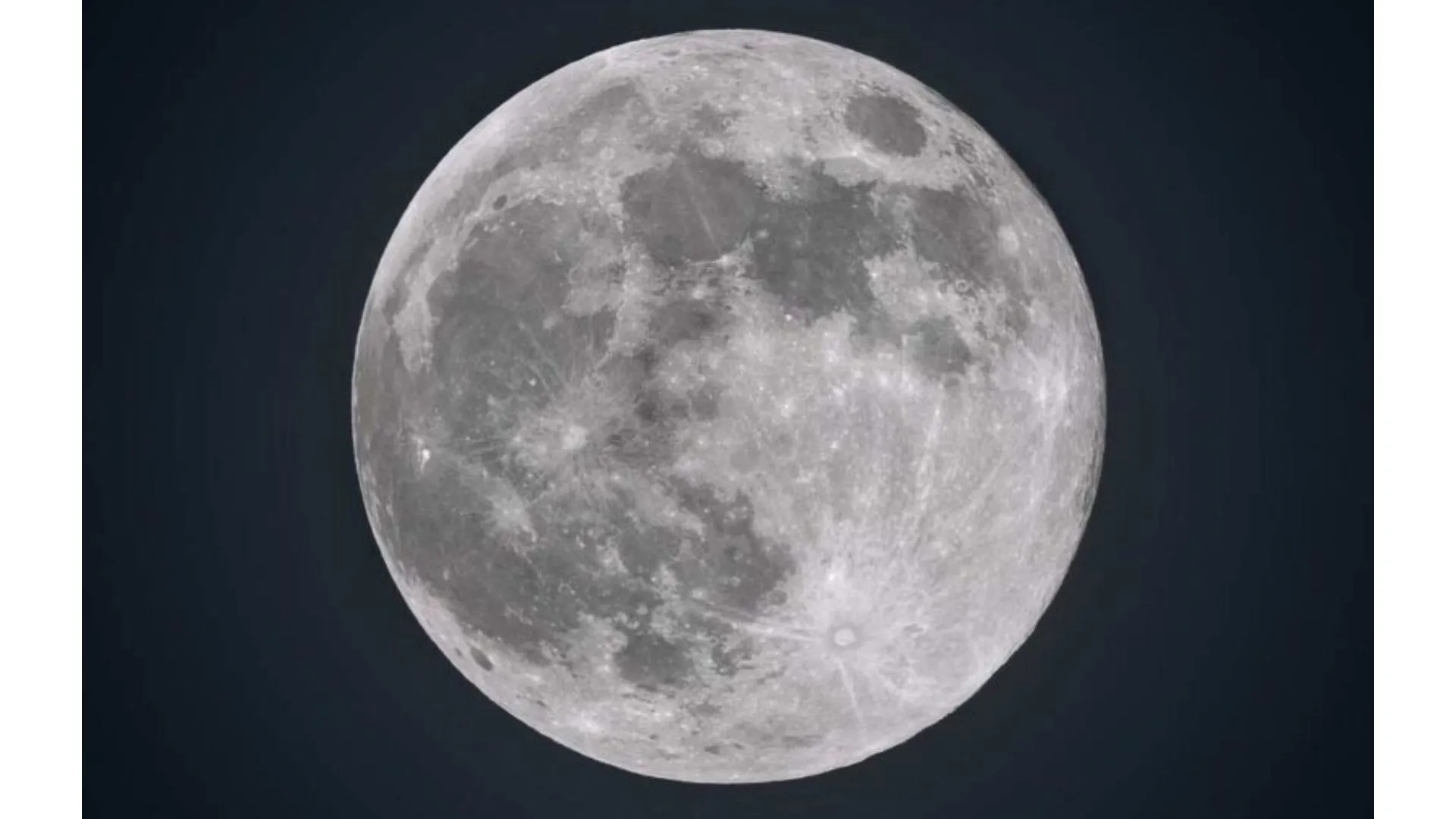TIME magazine’s latest cover for the “100 Most Influential People in AI 2024” has sparked considerable discussion, particularly over the inclusion of Indian actor Anil Kapoor alongside prominent tech figures. The list, which recognizes those shaping the future of artificial intelligence, features well-known leaders like OpenAI CEO Sam Altman and Google chief Sundar Pichai, yet it was the cover that captured the most attention.
Sam Altman Absent From The Cover
TIME’s AI cover includes actor Anil Kapoor, Hollywood star Scarlett Johansson, YouTuber Marques Brownlee, and Nvidia CEO Jensen Huang. However, the absence of OpenAI CEO Sam Altman, whose company’s ChatGPT has been pivotal in the AI boom, raised eyebrows. Social media users expressed their surprise and disappointment at the omission of Altman and other key figures such as Elon Musk and Ilya Sutskever.
Social Media Reactions:
Critics on social media were quick to question the decision. “Having a TIME 100 AI cover without Sam or Elon or Ilya but having Anil Kapoor and ScarJo is basically the AI version of MBA rankings that puts Chicago Booth on top for some stupid reason no one cares about,” said Hemant Mohapatra on X.
Having a TIME 100 AI cover without Sam or Elon or Ilya but having Anil Kapoor and ScarJo is basically the AI version of MBA rankings that puts Chicago booth on top for some stupid reason no one cares about. pic.twitter.com/6ZCg5kpHZ3
— Hemant Mohapatra (@MohapatraHemant) September 5, 2024
Another user remarked, “Scarlett Johansson is definitely more influential than Sam Altman when it comes to generative AI: Said no one. Ever.”
Chris Nicholson questioned, “How in the world do you do a cover on the hundred most important people in AI and not have Sam Altman?”
How in the world do you do a cover on the hundred most important people in AI and not have Sam Altman?
— Chris Nicholson 🌴🥥 (@chrisFnicholson) September 5, 2024
Some speculated that the unconventional cover design was a strategic move to generate buzz. Bob Theisen suggested, “I think the goal was to make the cover go viral by making people wonder why certain people were on the cover. It worked.”

